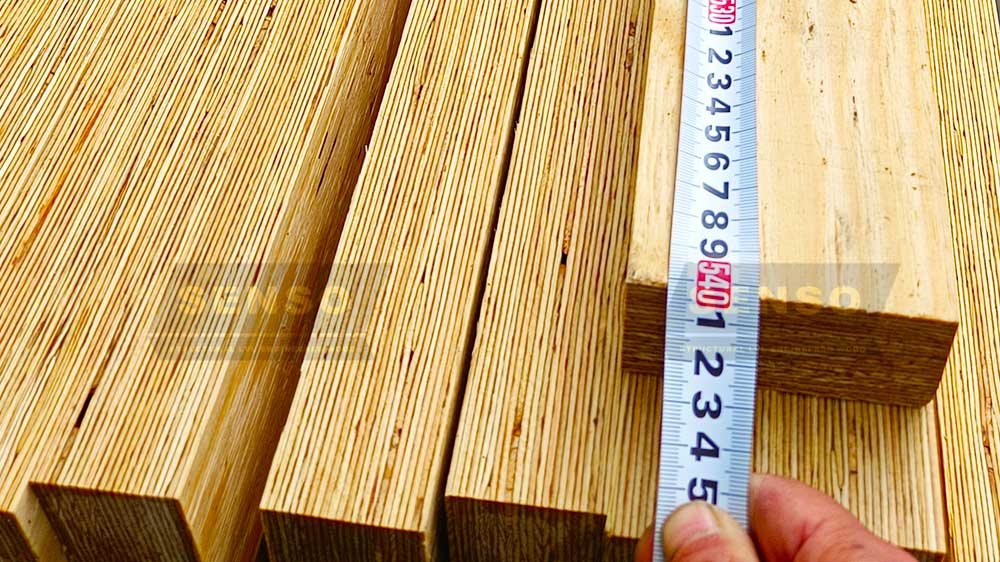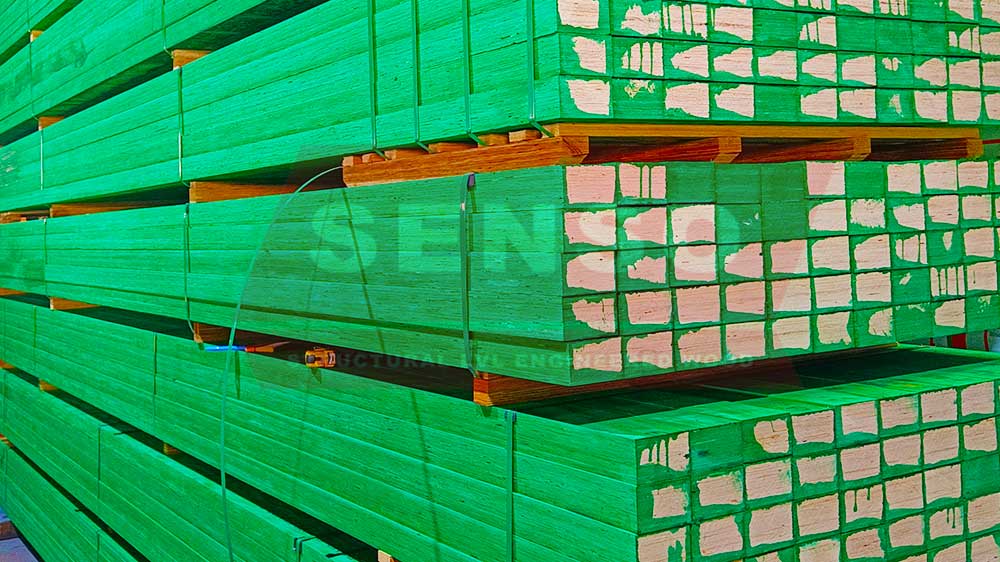The Structural Importance of Timber Beam
Timber beams have been fundamental to construction, shaping our built environment for centuries. These robust structural components provide the stability and strength that underpin any building project, regardless of scale or design. Crucial in the support of loads, timber beams transfer weight effectively to the foundations, ensuring the integrity and longevity of a structure.

Versatility and Design Freedom
There is a variety of timber beam sizes and types available, catering to the diverse needs of different construction requirements. Their adaptability ranges from restoring historical architectures that grace old towns to modern residential and commercial structures that demand minimalist aesthetics. This level of versatility gives architects and builders a degree of freedom and creativity in design, further enhancing the popularity and usage of timber beams.
Environmental Advantage
Beyond their structural benefits, timber beams also boast a host of environmental advantages. Derived from a renewable resource, wood, lvl beam inherently possess eco-friendly attributes. Their natural origin makes them renewable and recyclable, with a significantly lower environmental footprint compared to other building materials such as concrete and steel.
Performance and Safety Considerations
Wooden beams’ performance benefits are also noteworthy. Timber has an impressive strength-to-weight ratio, exceeding that of steel. This implies that despite its relative lightness, timber can support substantial loads. This quality is especially beneficial in earthquake-prone areas, where lighter structures are more likely to withstand seismic activities. Furthermore, timber beams excel in thermal performance. Wood acts as a natural insulator, helping to maintain a comfortable internal environment in buildings and reducing the reliance on artificial heating and cooling systems. This energy-efficiency aspect is an additional boon for environmental sustainability.
Fire Resistance and Safety Measures
Safety concerns often arise when discussing timber in construction, primarily regarding fire resistance. Although wood is combustible, timber beams, especially when large and dense, tend to perform relatively well in fire situations. The char layer that forms on the outside of the beam when exposed to fire can act as a barrier, slowing the burning process and maintaining structural integrity for longer periods. However, precautionary measures such as using fire retardants or installing sprinkler systems are commonly practiced to enhance safety levels.
Maintenance of Timber Beam
The maintenance and longevity of timber beams are other areas where misconceptions are abundant. Wood, in general, is susceptible to insect attacks and rot, but with the right treatment and maintenance, timber beams can last for centuries. For instance, using wood preservatives can protect the beams from insects and decay, while sealants can prevent moisture absorption and consequent warping.
Innovation in Timber Beam
The timber beam is not stagnant in its evolution. New technologies and innovations are constantly introduced to enhance its characteristics and performance. Engineered wood products such as laminated veneer lumber (LVL) and glued laminated timber (Glulam) are modern interpretations of the traditional timber beam. These engineered beams provide better dimensional stability, strength, and can be manufactured in longer lengths than conventional timber, catering to the needs of contemporary architecture.
Regulatory Standards
In addition, the timber industry is regulated by a series of standards to ensure quality, safety, and sustainability. These standards, which builders and manufacturers must adhere to, cover every aspect of timber beam production and usage. They include guidelines on sustainable sourcing, treatment methods, manufacturing processes, and even installation procedures.

Unleashing Potential with Timber Beam
Timber beams, a stalwart of construction history, are far from being outdated or surpassed. On the contrary, their inherent advantages, such as aesthetic appeal, sustainability, and versatility, have cemented their relevance in the modern construction industry. Innovations such as engineered wood products are expanding their capabilities and applications. Moreover, correct treatment and maintenance can vastly increase their longevity, debunking misconceptions about their durability.
As we advance into a future where sustainability is more than a mere buzzword, the relevance and importance of timber beams will only continue to grow. This humble material, moulded into beams, continues to support and shape the spaces we live and work in, proving that sometimes, the simplest of materials can offer the most sophisticated of solutions. Understanding the multitude of factors that impact the utility and performance of timber beams allows us to fully harness their potential and contribute to a more sustainable built environment.
Post time: Aug-06-2023

